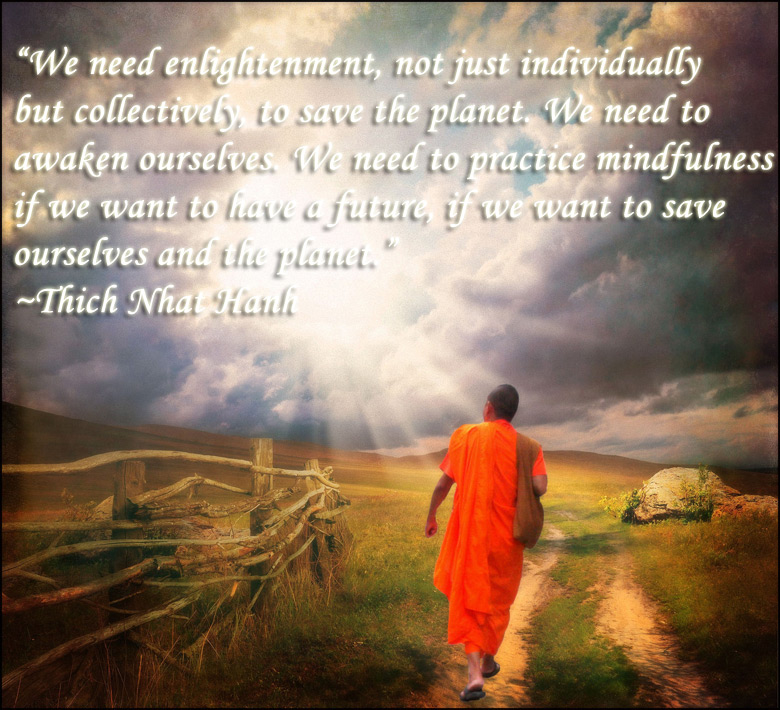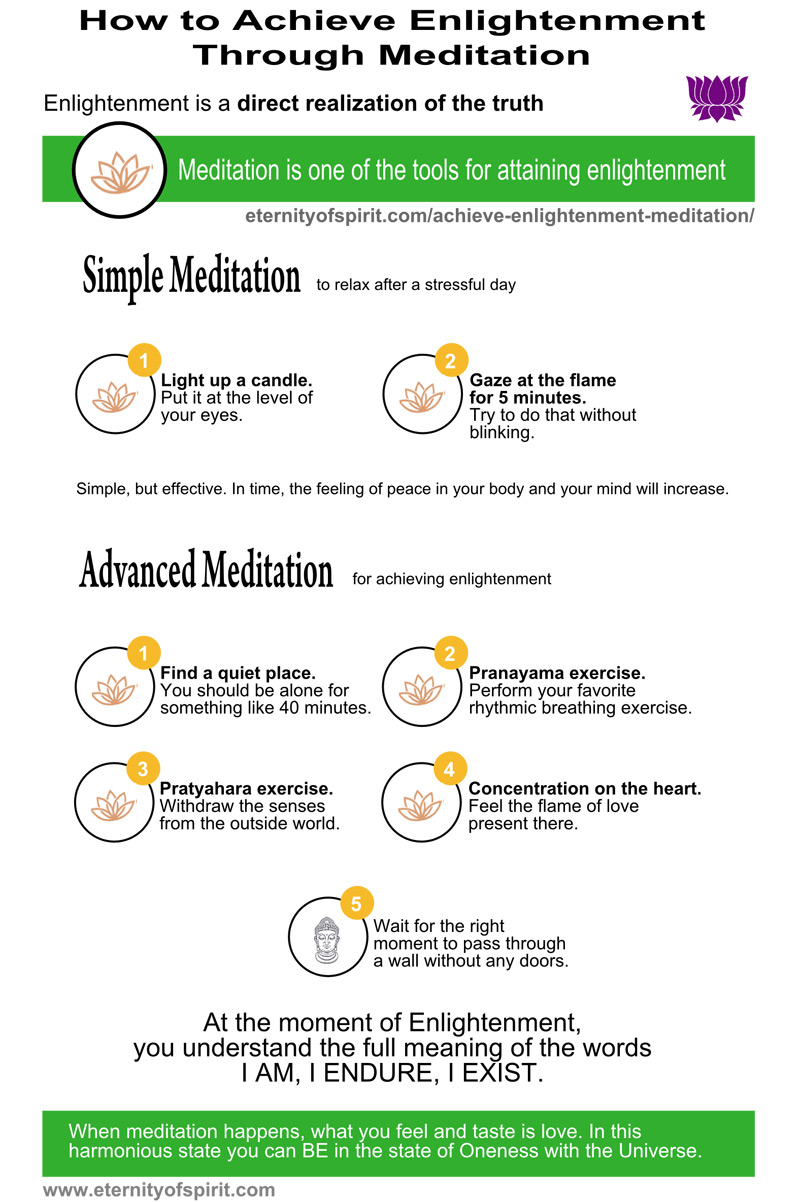 This is an excerpt from the book “Tibetan Yogas of Dream and Sleep” by Tenzin Wangyal Rinpoche that we liked very much because it is a very clear and practical explanation of the Nine Purification Breaths. Hopefully, you will find it useful too:
This is an excerpt from the book “Tibetan Yogas of Dream and Sleep” by Tenzin Wangyal Rinpoche that we liked very much because it is a very clear and practical explanation of the Nine Purification Breaths. Hopefully, you will find it useful too:
Perhaps you have noticed how much tension is carried in the body and how the tension affects breathing. When someone with whom we are having difficulties walks into the room, the body tightens and the breath becomes shorter and sharper. When we are frightened, the breath comes quick and shallow. In sadness, the breathing is often deep and punctuated by sighs. And if someone we genuinely like and care for enters the room, the body relaxes and the breath opens and eases.
Rather than waiting for experience to alter the breath, we can deliberately alter the breath to change our experience. The nine breaths of purification is a short practice to clear and purify the channels and relax the mind and body. (The drawings of the channels can be found on page 47 of this book.)
Sit in a cross-legged meditation posture. Place your hands palm-up in your lap, with the left hand resting on the right. Bend your head just a little to straighten the neck.
Visualize the three channels of energy in your body. The central channel is blue and rises straight through the center of the body; it is the size of a cane, and widens slightly from the heart to its opening at the crown of the head. The side channels are the diameter of pencils and join the central channel at its base, about four inches below the navel. They rise straight through the body to either side of the central channel, curve around under the skull, pass down behind the eyes, and open at the nostrils. In women the right channel is red and the left is white. In men the right channel is white and the left is red.
First Three Breaths
Men: Raise the right hand with the thumb pressing the base of the ring finger. Closing the right nostril with the ring finger, inhale green light through the left nostril. Then, closing the left nostril with the right ring finger, exhale completely through the right nostril. Repeat this for three inhalations and exhalations.
Women: Raise the left hand with the thumb pressing the base of the ring finger Closing the left nostril with the ring finger, inhale green light through the right nostril. Then, closing the right nostril with the ring finger, exhale completely through the left nostril. Repeat this for three inhalations and exhalations. With each exhalation, imagine all obstacles linked with male potencies expelled from the white channel in the form of light-blue air. These include illnesses associated with the winds (pranas) as well as obstacles and obscurations connected with the past.
Second Three Breaths
Men and Women: Change hands and nostrils and repeat for three inhalations and exhalations. With each exhalation, imagine all obstacles linked with female potencies expelled from the red channel in the form of light-pink air. These include illnesses associated with bile as well as obstacles and obscurations associated with the future.
Third Three Breaths
Men and Women: Place the left hand on top of the right in the lap, palms up. Inhale green healing light into both nostrils. Visualize it moving down the side channels to the juncture with the main channel, four finger widths below the navel. With the exhalation, visualize the energy rising up the central channel and out the top of the head. Complete three inhalations and exhalations. With each exhalation, imagine all potencies for illnesses associated with hostile spirits expelled from the top of the head in the form of black smoke. These include illnesses associated with phlegm as well as obstacles and obscurations associated with the present.
From the book Tibetan Yogas of Dream and Sleep
Photo credits: john mcsporran

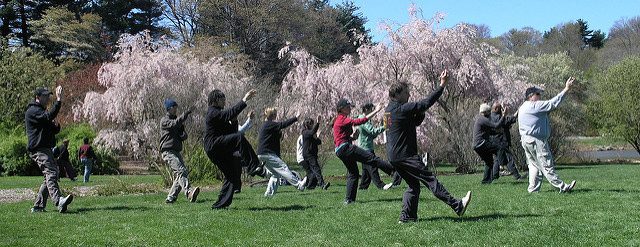

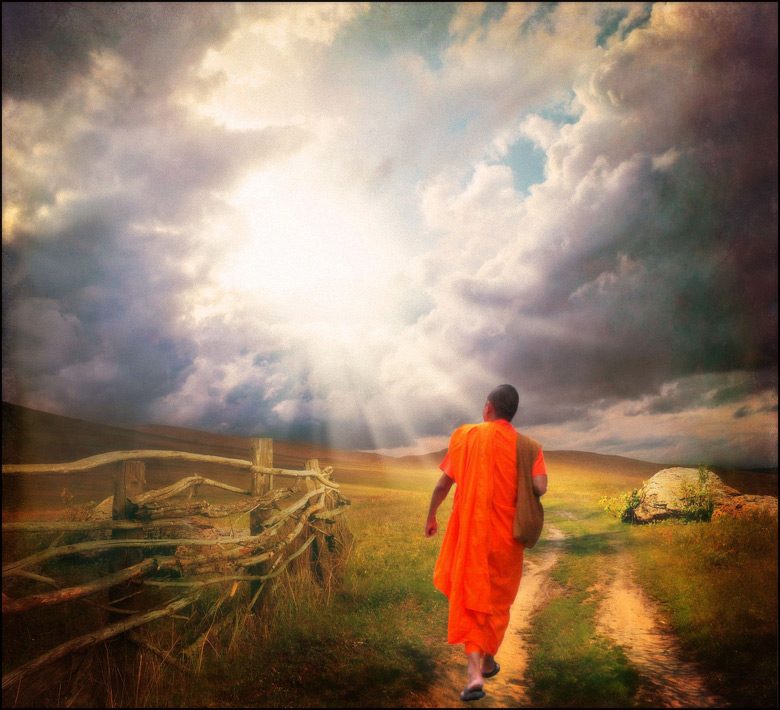
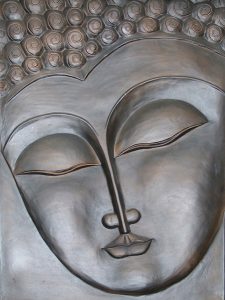 Enlightenment through meditation? Is it possible? Yes!
Enlightenment through meditation? Is it possible? Yes!